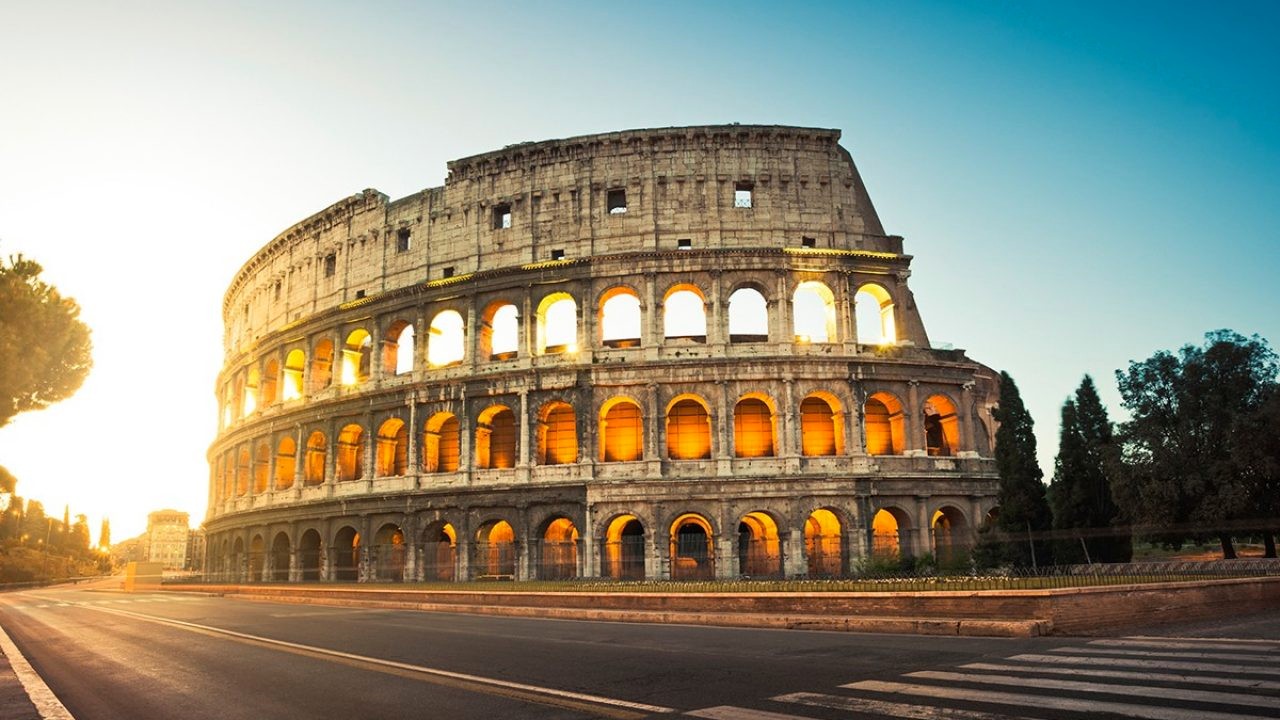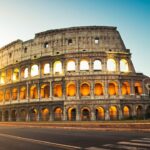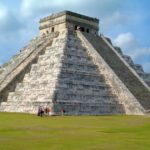
Introduction –
For well more than a thousand years, Rome controlled the predetermination of all human progress known to Europe, however at that point it fell into disintegration and decay. Truly disfigured, monetarily deadened, politically decrepit, and militarily inept by the late Medieval times, Rome by the by stayed a force to be reckoned with — as a thought. The power of Rome the lawgiver, educator, and developer kept on emanating all through Europe. Albeit the circumstance of the popes from the sixth to the fifteenth century was frequently shaky, Rome knew brilliance as the wellspring of Christianity and in the end won back its influence and riches and restored itself as a position of magnificence, a wellspring of learning, and a capital of human expression. The “Eternal City” is one of the most prevalent nicknames for Rome for outstanding reasons
Brief History of Romans –
- The Romans would have Showers Together
- Romans revered a variety of Divine beings and Goddesses
- Old Rome is Underground
- The Romans spoke Latin
- The Romans Adored Water
Best Places to Visit in Rome –
If you are a travel enthusiast and want to visit some good places in Rome and don’t want to get hung around with the old historical sites or broken structures, then two of the best places that you can visit in Rome, which is worth your time and dime are –
- Vatican City –
The Vatican is the littlest free state on the planet, with an area of not exactly a portion of a square kilometre, its greater part encased by the Vatican walls. Inside are the Vatican royal residence and nurseries, St. Peter’s Basilica, and St. Peter’s Square, a region governed by the Pope, preeminent top of the Roman Catholic Church. This smaller space offers a ton of things to see, between its galleries and the extraordinary basilica itself.
Inside St. Peter’s Basilica is Michelangelo’s magnum opus, Pieta, alongside sculpture and raised areas by Bernini and others. The unchallenged feature of the Vatican exhibition halls is the Sistine Church, whose heavenly frescoed roof is Michelangelo’s most popular work. In the Vatican Castle are the Raphael Rooms; worth seeing the Borgia Lofts; the Vatican Library, and various historical centres that incorporate the Image Exhibition, Gallery of Common Craftsmanship, Etruscan Gallery, and others. The assortments you can find in this cover everything from ecclesiastical mentors to twentieth century craftsmanship reflecting strict subjects.
- Trevi Wellspring –
You can snap a photo here. It will look astonishing. One of the city’s most well-known vacation spots, this seventeenth century show-stopper has been deified in films until it is very nearly an expected visit. Tossing a coin (not three) into the Trevi Wellspring (Fontana di Trevi) is a custom that should guarantee your re-visitation of Rome.
Rome’s biggest wellspring, Fontana di Trevi is provided by a reservoir conduit initially built by Agrippa, the incredible workmanship benefactor of the primary century BC, to carry water to his showers. The wellspring was made for Pope Lenient XII somewhere in the range of 1732 and 1751 by Nicolò Salvi, and worked against the back mass of the royal residence of the Dukes of Poli. It portrays the ocean god Oceanus (Neptune), with ponies, tritons, and shells. The water whirls around the figures and the fake shakes, and gathers in a huge bowl, consistently loaded up with coins.
10 Conventional Roman Food Varieties You Really want to Attempt in the Timeless City –
- Pasta alla Carbonara.
- Tonnarelli Cacio e Pepe.
- Bucatini all’Amatriciana and Pasta alla Gricia.
- Trippa alla Romana.
- Coda alla Vaccinara.
- Abbacchio allo Scottadito.
- Cicoria ripassata.
- Carciofi alla Romana e Carciofi alla Giudia
Best Food Hub to Try –
- Felice e Testaccio –
Testaccio is broadly viewed as the best neighbourhood for Roman cooking, and this diner is its unmatched star. With retro checked floors, white decorative liners, and an enticing exhibit of conventional dishes, the outdated eatery makes an ideal relaxed end of the week lunch with family or a heartfelt decision for a connoisseur supper. Cacio e pepe is Da Felice’s unique dish; this knot of noodles, liquefied cheddar and dark pepper comes newly served at the table for you.
- Armando al Pantheon
Known for Pasta and a container of wine, a short distance from the Pantheon. This is a family run conventional trattoria right close to the Pantheon that spotlights on Roman pasta works of art like cacio e pepe, carbonara, pajata and when in season, Roman-style artichokes. The wine list is stupendous; the wines are all obtained from around Italy with a container at each cost range. Sommelier Diego Donati is especially partial to regular Lazio makers, so request a container of wine from Saloon Ribelà.
Conclusion –
Some other best places that you can visit in Rome is the Sistine chapel. There are nearly 3 million tourist a year who visit this place. Next, is Trevi fountain, where there are 3.5 million visitors visiting every year. You can also visit the Roman Forum as there are 2.5 million tourist a year visiting these places. Other Best places that you can check out which is mostly visited by millions of people are Spanish Steps and Piazza di Spagna, Via dei Condotti, Via del Corso and so on.




